With all the technology available today, a single consumer can be found on multiple devices. Meet your customers where they’re at with multi-channel selling.
During their research, Shopify found that selling on additional channels increases revenue. On average it increases by 38%, then 120% and 190% with each added channel respectively.
Download the full article here:
Shopify is a platform where you can build and host your eCommerce stores. They have over 20 channels available for integration which allows you to expand your reach while streamlining your operations.
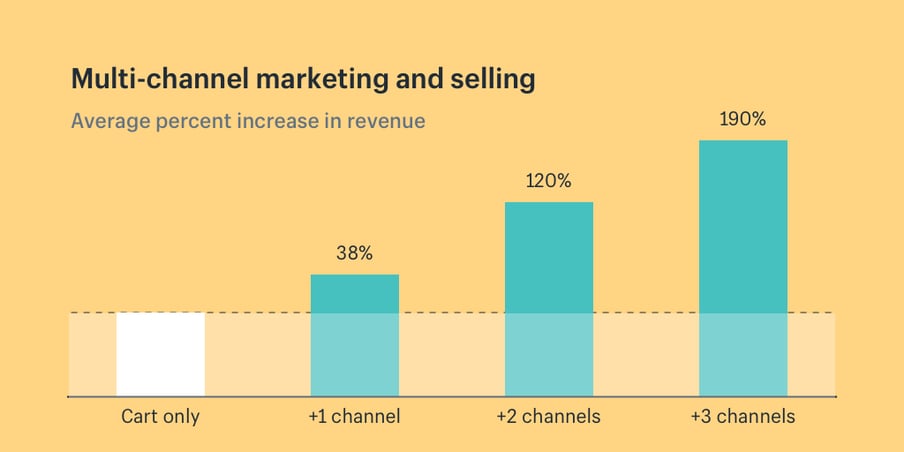
Go multi-channel: Sell everywhere your customers are
Why Should You Care?
Multi-channel selling steps beyond advertising and allows you to bring your product to various channels. It might not be an easy task, but it’s well worth the hard work to have a strong presence in your market. This includes channels like marketplaces, social media, marketing apps and online communities. The best way to discover your target market is to find where they’re already spending their time.
There are many places your potential customers could be. A survey of American shoppers found that:
- 54% shopped at eCommerce marketplaces
- 74% shopped at large retailers
- 44% shopped at web stores
- 36% shopped at category-specific online retailers
You may have heard about omnichannel retail as well. While similar, the difference here is that the goal of omnichannel selling is to create one unified experience for your audience, wherever they come into contact with you.
Multi-channel strategies are a bit different since they treat each buyer’s journey as their own separate experience. You can choose to show prices, promotions and advertising differently depending on the channel they appear in. For example, you might have a product at a lower price on your own website but then show it at a higher price on Amazon to compete in the market.
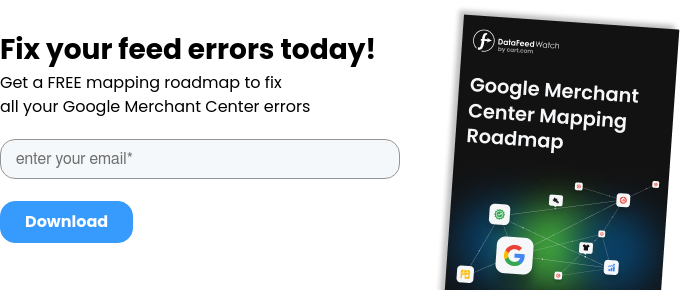
Types of Sales Channels
Shopify not only lets you sell via their shopping cart, but it’s also integrated with other selling channels. By selling on a diverse spectrum of channels it’s likely that shoppers will come into contact with you in multiple places as well.
Marketplaces
These are sites like Amazon and eBay which give you access to an established audience. A study by Digital Commerce 360 showed that in 2019, marketplaces made up 58% of online sales.
Social media sales
These include shoppable Instagram posts, a Facebook store, and buyable Pins. Users who are scrolling through these platforms will come across your products and will be able to buy straight from your posts.
Shopping carts
Using eCommerce shopping carts allow you to sell your products directly from your website. Technically, it’s software that bridges the gap between the retailer and shopper. Through it you can run the whole operation of a sale from displaying your items to handing payments. Shopify and BigCommerce are two well known examples of this.
Comparison shopping pages
These channels make it possible for you to view many products at once and compare information between different retailers such as price and shipping. The engine you’re probably the most familiar with is Google Shopping.
Top-selling channels for eCommerce
These are some of the biggest players in eCommerce that you should be paying attention to:
Amazon
In America, a study by NPR found that 44% of shoppers start their search for a product on Amazon. By comparison, Google ranked second at 33%.
To start selling on Amazon, you’ll need to choose which plan is right for you. If you’re selling less than 40 items a month, you can opt into the pay per sale option or go for the monthly plan. They even have a cost calculator to estimate how the fees will factor in for you.
eBay
eBay has 167 million active users. And while they’re well known for their used auctions, about 80% of all merchandise sold is new. You can stand out on eBay by creating the perfect listing.
How to Start - move with your Shopify products to a multi-channel strategy
It all starts with your business at the center. By having one product feed as your base you can create a catalog for multiple selling channels like Google Shopping, Amazon, or Facebook. Your product feed is a document that contains all the information about the items you carry. It includes unique identifiers, titles, prices, images and more. Typically it’s all saved in a text or spreadsheet.
If your products are already stored in Shopify, you can export your product feed:
-
Go to your admin page
-
Click on Products > All Products
-
Export
-
Decide which products you want to include
-
Choose which file you’d like to use
However, this method isn't recommended for a long-term solution because it's not possible to have the file updated automatically. Making sure that your products are up to date would require you to manually re-upload the file on a regular basis which could become time consuming.
Instead, to make sure your products are being updated you can connect them with a third-party app. For example, if you're using a multi channel eCommerce platform, DataFeedWatch simply create a connection by adding a shop and inserting your Shopify URL. You'll have peace of mind knowing your out of stock products and other changes are updated regularly. Your data will be downloaded on a daily basis and sent to the channels you're using so they're always fresh.
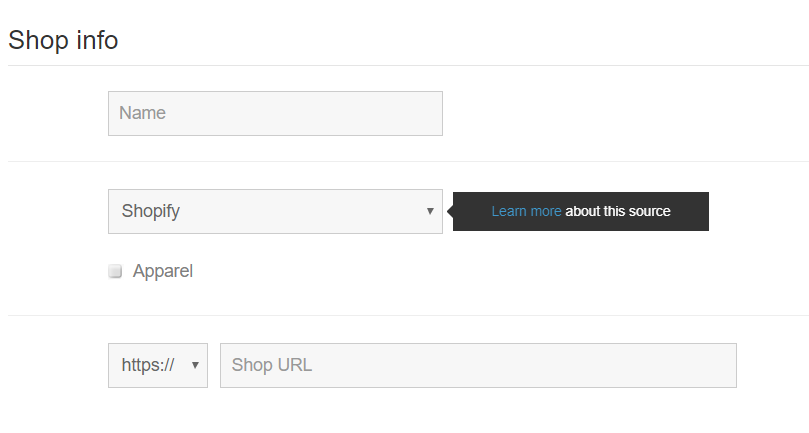 Another way to generate your Shopify feed is by using a direct API connection. This method will also let your current product data be sent regularly to the channels you're using. The only drawback here is that you won't be able to optimize your feeds for specific channels beforehand. Rather, they'll be sent exactly as they are in your Shopify store.
Another way to generate your Shopify feed is by using a direct API connection. This method will also let your current product data be sent regularly to the channels you're using. The only drawback here is that you won't be able to optimize your feeds for specific channels beforehand. Rather, they'll be sent exactly as they are in your Shopify store.
You might not want to show all of your products on every channel. A useful tip is to then specify for each channel which products you want to include or exclude. Determine which products will sell on which channels and if you’re able to compete on price with the other sellers.
There are a few principles you should keep in mind when creating your multi-channel strategy. These include:
- Determining which channels your consumers are choosing
- The general purchasing patterns of those channels
- How the platform is used
By gathering this information, you’ll begin to create a story of the buyer’s journey. Each is unique so you can use this to greet your shoppers in a personal way.
Download The Ultimate Google Merchant Center Handbook
Multi-channel selling: Opportunities and challenges
Inventory and Logistics
Challenge
When you scale the platforms you’re selling on some aspects may become increasingly difficult as well. The two biggest obstacles you’ll probably run into is inventory tracking and forecasting.
There could be a potential problem if you’re selling in more than one place and there’s no communication between your channels. You would run the risk of selling out of stock while still advertising that product.
Another potential problem is running out of inventory itself. While waiting for your product, shoppers might find it somewhere else in the meantime causing you to lose out on a sale.
Solution
This is where Shopify’s ‘tracking inventory’ feature comes in handy. This will let you hide out of stock items automatically.
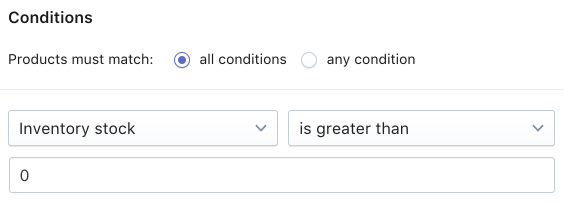
It’s important to note that if you’re using Shopify POS then you can continue to sell out of stock items because the system assumes that you have the products with you.
As a safety measure, you can create rules within your feed for each channel that will prevent products that are out of stock or very low in stock from showing. This will prevent you from wasting your advertising budget and from overselling your products. In DataFeedWatch you could achieve this by creating a simple exclusion rule: 
Because you're selling on multiple channels, you won't want to wait until your product is completely out of stock to stop showing it. Someone could be making a purchase on another channel at the same time before your product data has a chance to sync up, so this gives you some buffer room. Once your have those products in stock again, they'll automatically begin to show.
With inventory forecasting you can also predict which items and products you need to restock and when. To do this you need to take into account:
- Past data on quantity of sales
- Any promotions you plan in the future
- Predicted trends for that product in the future
Pricing
Challenge
Consumers have become accustomed to seeing different prices via the various channels they frequent. But this can cause some challenges to rise on the retailer’s side. Each channel you use has both it’s out set of costs and competitors, so each requires its own strategy.
For example, some channels might have a higher revenue share than others, meaning you’ll need to pay more per product you sell.
You might also notice that there is a higher demand for a product on a certain channel. In this instance you could create a competition-based strategy. To compete with other sellers, sell your products a little below the competition to direct more shoppers your way.
Solution
Adjust the pricing for each channel you're selling on in an easy way. Keep in mind that it won't be possible for all channels because of specific requirements they have. For example with Google Shopping, your products will be disapproved if the price doesn't match how it's listed exactly on your website. But with Amazon or eBay it won't be a problem.
Here we increased the price for products on Amazon by 10% to offset the cost of fees that tend to be higher than on other channels: 
Promotion
Opportunity
Know the right time to show the right promotion to the right shopper. One example of this is to use entry and exit overlays on your website. When a consumer enters your site you can show a pop-up with a time sensitive promotion that will encourage them to complete their order in the same browsing session. This gives them a unique experience based on the actions they’re taking.
Shopify has a section of their website called 'Automations'. It contains a large variety of free and paid plan apps to automate your marketing.
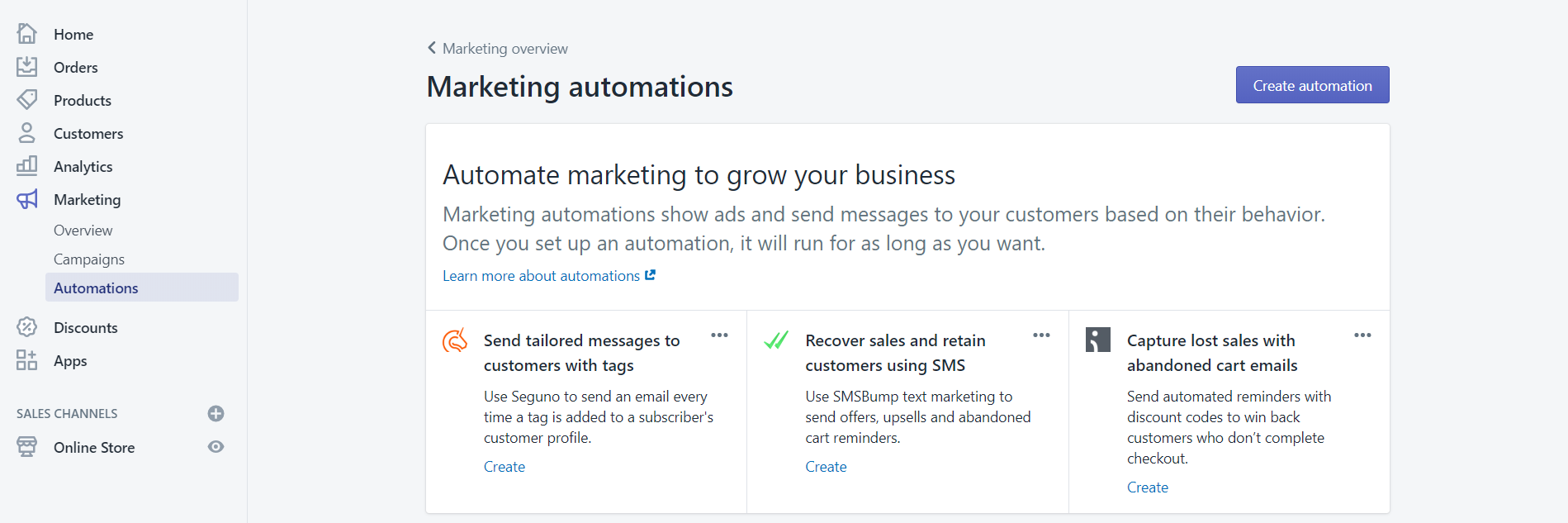
To find them:
- Go to the 'Marketing' tab
- Click on 'Automations'
- Click the 'Create Automation' box
- A screen will pop up. Click on 'Visit Shopify App Store'
- Search away! As you can see, there are a ton of results
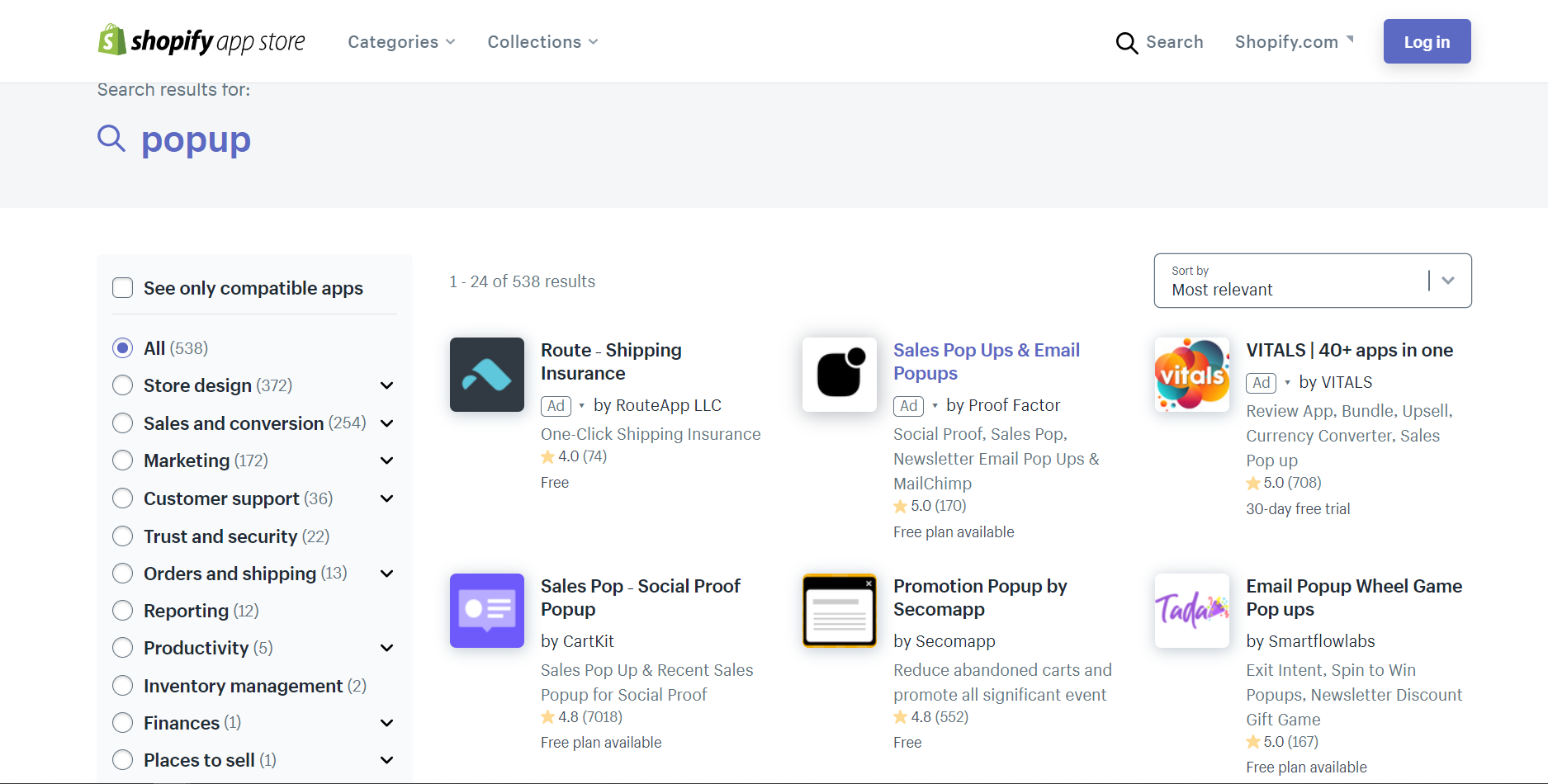
Selling on the wrong channels
Challenge
Not every channel will be the right choice for you and your business. Before committing to a new channel, do some research and evaluate. You can ask questions like:
- Will this platform give exposure to the right audience?
- How much time will it take to set up and maintain?
- Does this platform fit into my budget?
- Does the channel fit into your existing order fulfillment plan

Feed
Opportunity
Your product data feed will act as a foundational building block when creating your multi-channel marketing strategy. Channels typically have slightly different feed formats and requirements. For example, Facebook Product Ads requires the ‘condition’ attribute while for Google Shopping it’s optional for new products. By creating a master feed, you can reduce the work involved for yourself. Rather that creating a whole new feed from scratch each time, simply clone your feed and make tweaks from there.
When using DataFeedWatch you can create your master feed simply by using internal fields. Then, it will just be a matter of optimizing the cloned feed and making sure the data appears in the right way. All the required fields will be displayed so you can be sure that you’re not missing anything that’s mandatory.
To copy the mapping from one channel to another:
-
Go to the channel feed you want to create & optimize
-
Click on the 'Mapping' tab
-
Click on 'Copy from Other Channel'
-
Choose the channel you'd like to copy from

Download The Ultimate Google Merchant Center Handbook
Conclusion
Visitors may be coming to your site from social media, through an organic search result or from paid advertising. However they find you, each channel tells a slightly different story. By using multi-channel eCommerce software you can organize and manage all your channels with one dashboard so it doesn’t become overwhelming.
From here you’ll be able to edit listings, change item descriptions and most importantly, measure bottom-line effectiveness. By pairing DataFeedWatch and Shopify, store owners can take their product feed and go seamlessly to sell and advertise on multiple channels.
Read More About How to Increase Your Shopify Store Sales:
- How to Properly Match Shopify Fields with Google Shopping Attributes
- An Introduction To Optimizing a Shopify Product Feed -Increasing Sales
- High-Impact Strategies To Drive Traffic To Your Shopify Store
- 5 Proven Hacks For Google & Facebook For Shopify Store Owners
- Shopify Plus vs. Magento Commerce 2: Which Is Better in 2021?
- Shopify Plus vs Shopify Advanced: Pricing plans compared